Also known as raptors, the birds of prey that feature on the stamps are white-tailed eagle, buzzard, sparrowhawk, merlin, golden eagle, kestrel, goshawk, hobby, red kite and peregrine falcon.
The new stamp collection features original images produced by British photographer Tim Flach, who has taken a mix of portraits of these majestic birds, showing them close-up and in flight.
“I think it’s great that Royal Mail has chosen to put a focus on the birds of prey that we have in the UK,” says Flach. “I’m really mindful of the fact that we’ve never been more separated from nature. And, the stamps really let us better understand what these animals are.”
The defining characteristic of birds of prey is that they are carnivores. Raptors catch and carry their food with their feet and have exceptionally good binocular vision.
“Our birds of prey are masters of the skies,” says Philip Parker of Royal Mail. “Tim Flach’s photography captures their beauty and character in extraordinary detail.”
Find out more about the species included on each of the stamps.
1
White-tailed eagle
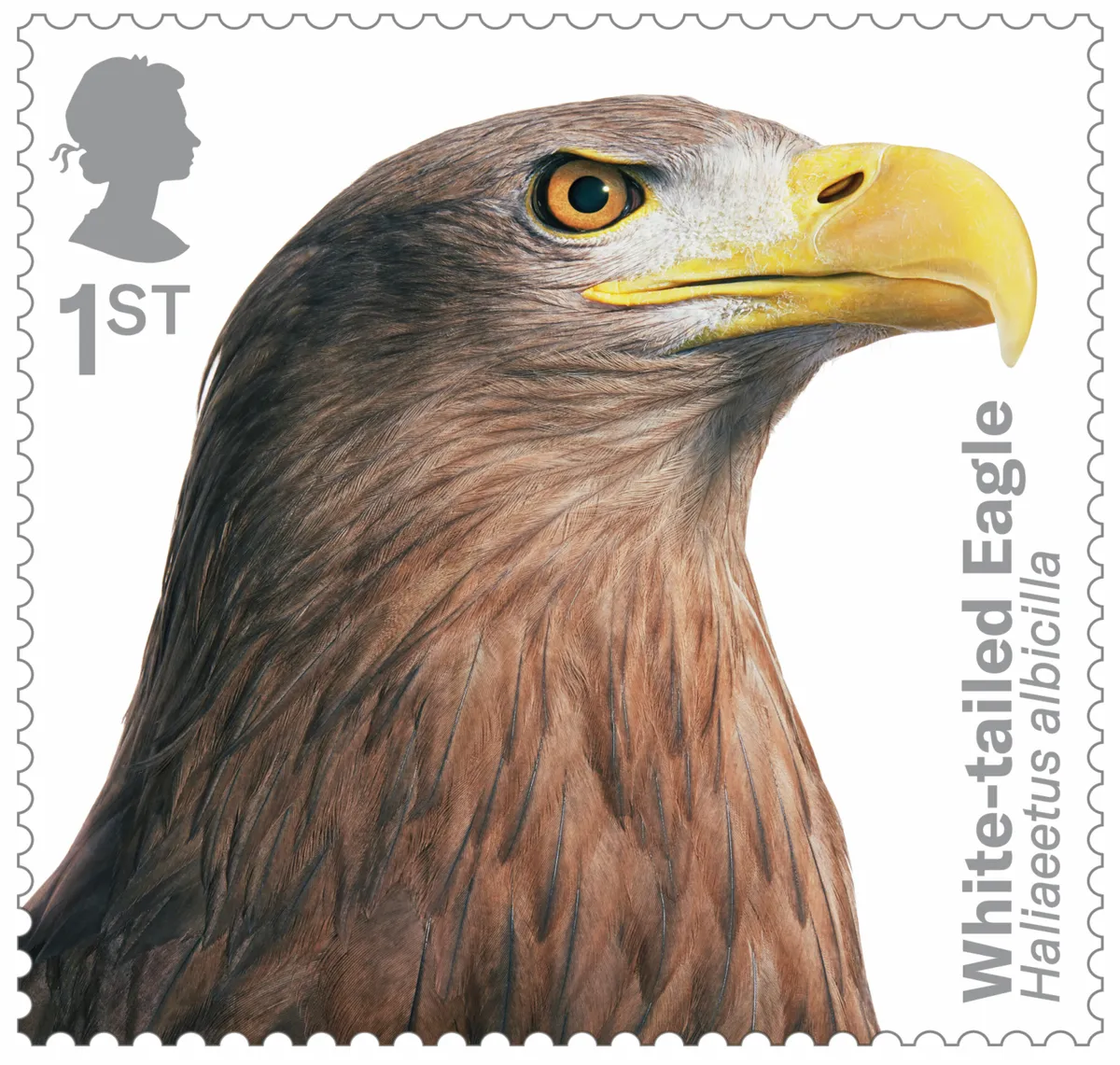
This species was persecuted to extinction in the UK in 1918 but a reintroduction programme in 1975 has allowed these birds to thrive again, with over 200 adult birds now in Scotland.
2
Common buzzard
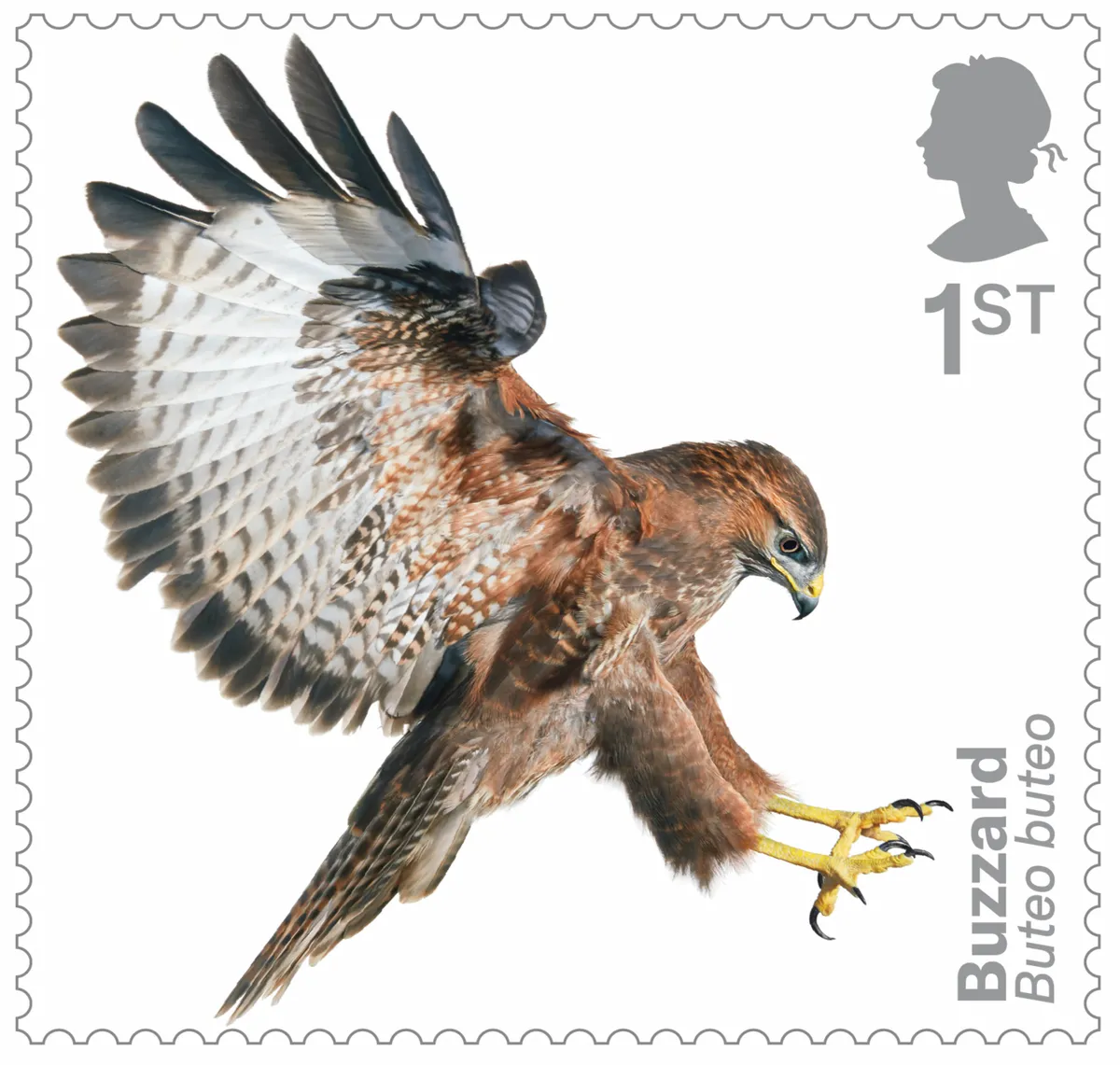
By the 1970s, the common buzzard was rare in the UK, however there has been a huge increase, thanks to better nesting sites and a growing population of rabbits. They can be seen soaring through the skies on sunny days or sitting on poles and fences.
3
Merlin
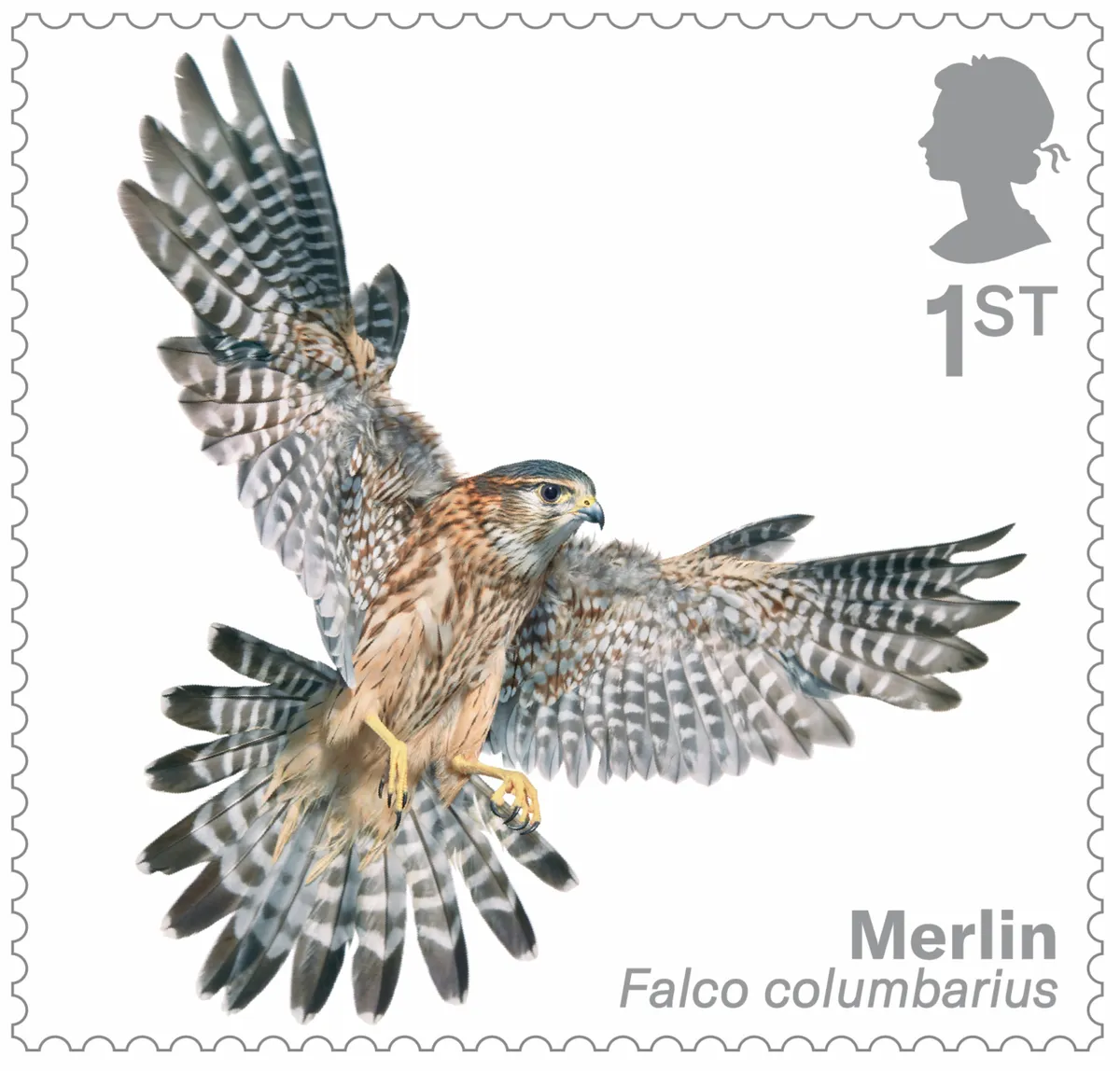
This species belongs to the falcon family and is the smallest UK raptor. It can be found during spring and summer in the uplands, nesting under heather. In autumn, they move to the lowlands. Females and juveniles are brown, whereas males have a blue-grey back.
4
Goshawk
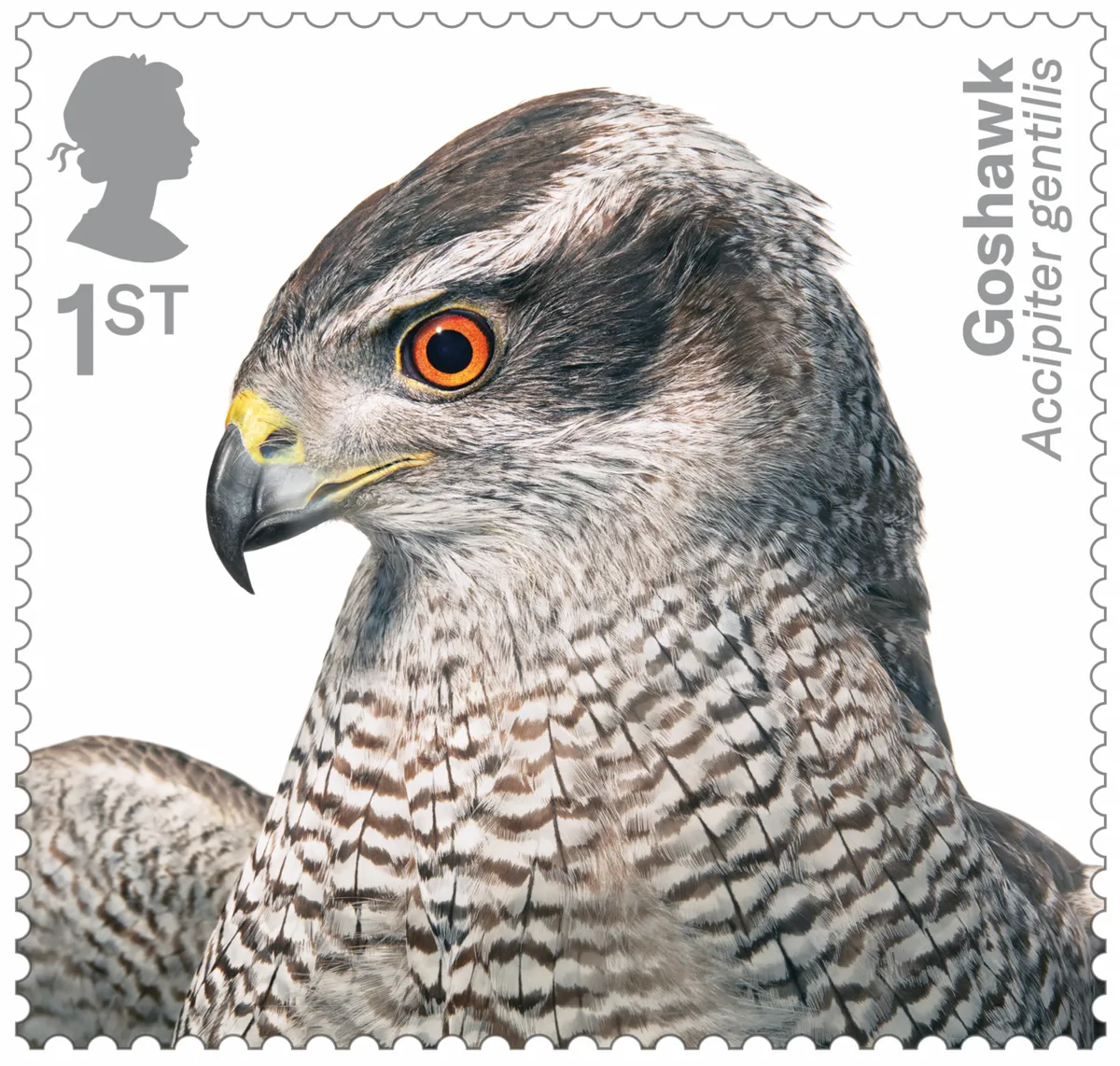
These aggressive forest dwellers are capable of twisting and turning in flight, to navigate around trees. Powerful feet and large talons allow this species to hunt birds and mammals up to the size of a hare. Adults are grey and white with horizontal bars in their breasts, juveniles are brown in colour with vertical stripes.
5
Sparrowhawk

Commonly seen in gardens, sparrowhawks have long, thin legs and yellow eyes. They build a stick nest and rear up to five young, which grow quickly and are independent in only 14 weeks.
6
Hobby
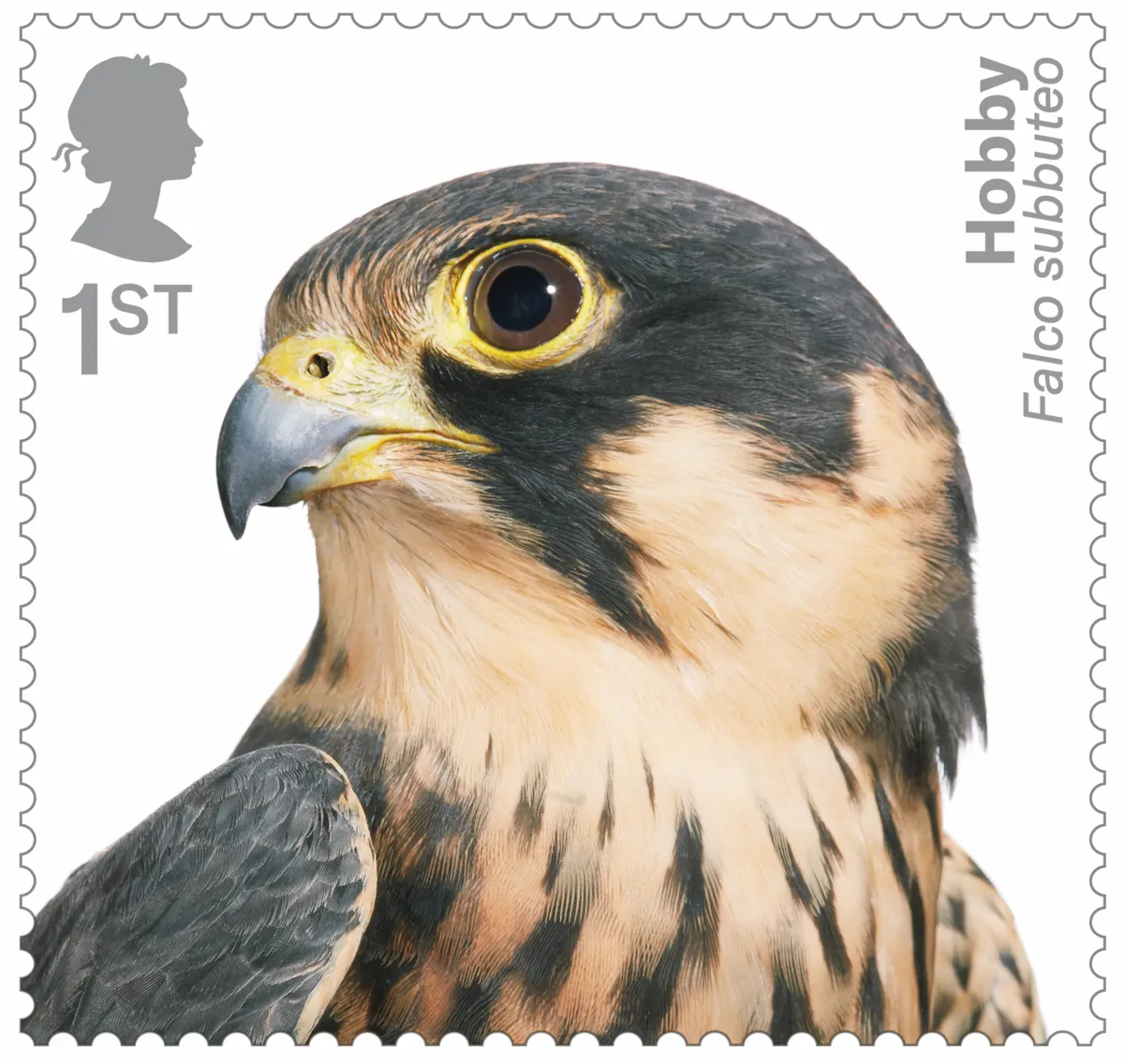
The hobby is another member of the falcon family and is a spring visitor to the UK from Africa. It has long, sickle-shaped wings that make it resemble a large swift. Feeding on dragonflies and other insects, it can often be seen near large bodies of water.
7
Kestrel
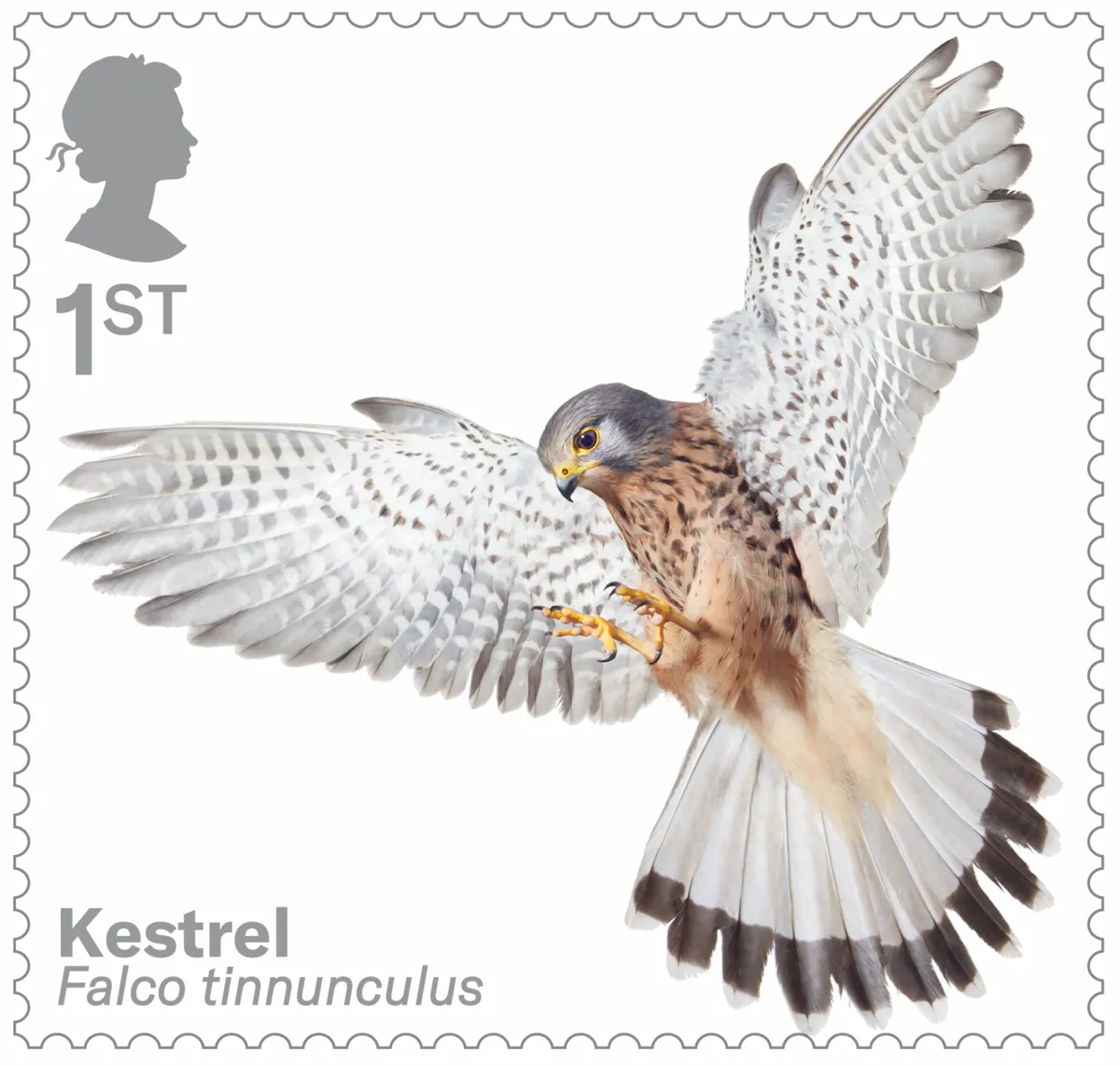
Kestrel numbers have fallen 40 per cent over the past two decades – mostly due to lack of nest sites. The species has a beautiful chestnut-red colouration. Females have red tails, while males have a white head and grey tail.
8
Red kite

By 1903, red kites had been brought close to extinction when the first protection schemes were introduced by a committee of concerned individuals. In the 1930s, there were only two known breeding pairs in Wales. Today, there are over 900 pairs in Wales and there have been successful translocations programmes in England, Scotland and Northern Ireland. They have long wings, a forked tail and are (as their name suggests) red in colour.
9
Golden eagle
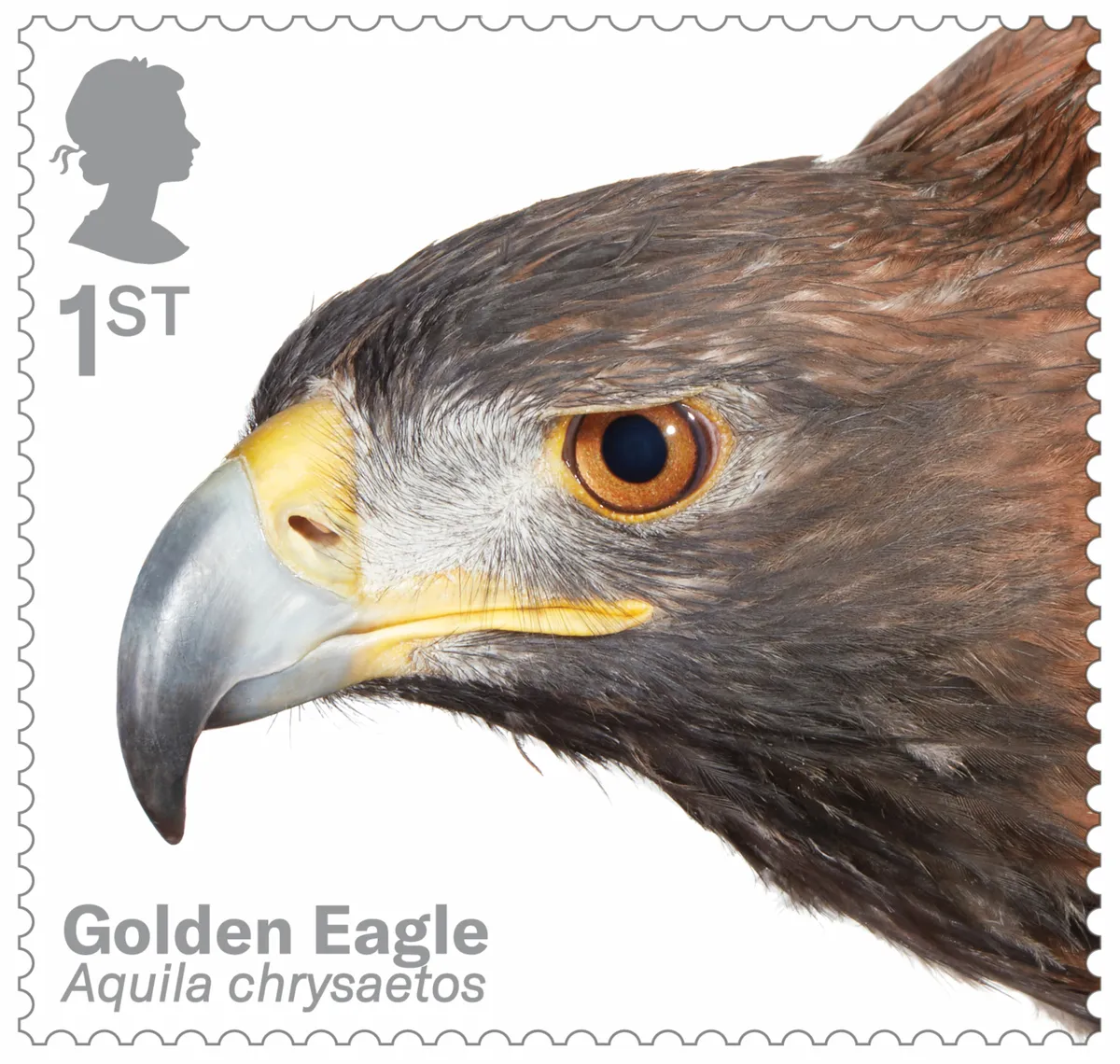
This species prefers remote moorlands and the mountains of Scotland, usually nesting on cliff edges. They soar over the Highlands and catch prey with their powerful feet and talons. Adults are brown in colour with the golden feathers that give them their name being on their head and neck.
10
Peregrine falcons
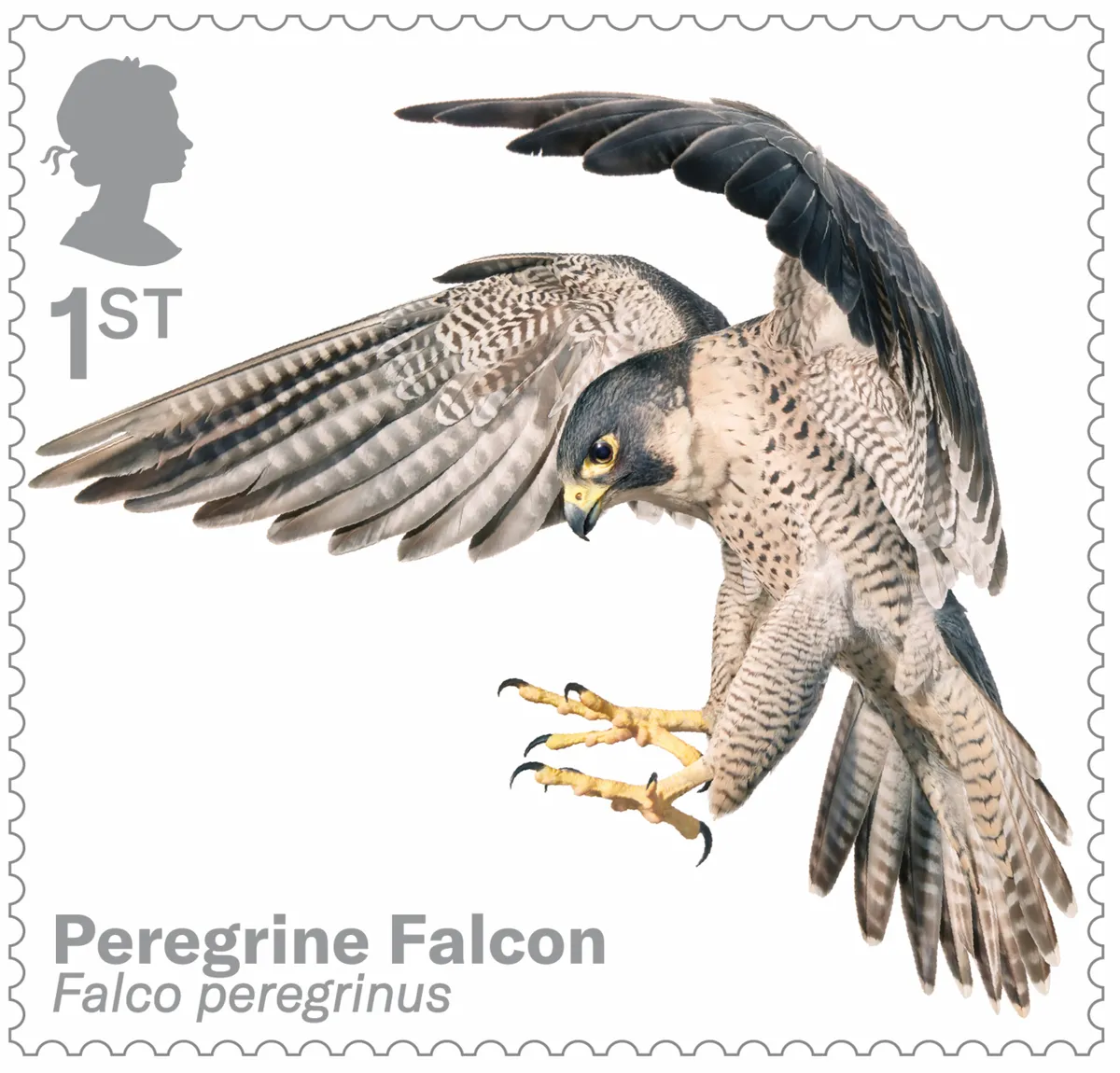
Reduced to low numbers by pesticides in the 1900s, peregrine falcon populations have recovered dramatically. Now mostly urban birds, they nest in cathedrals and tall buildings. Reaching incredible speeds as they dive through the air, they are the fastest animals in the world, and hunt other birds in flight. Adults are grey-blue backed, with short tails and pointed wings.